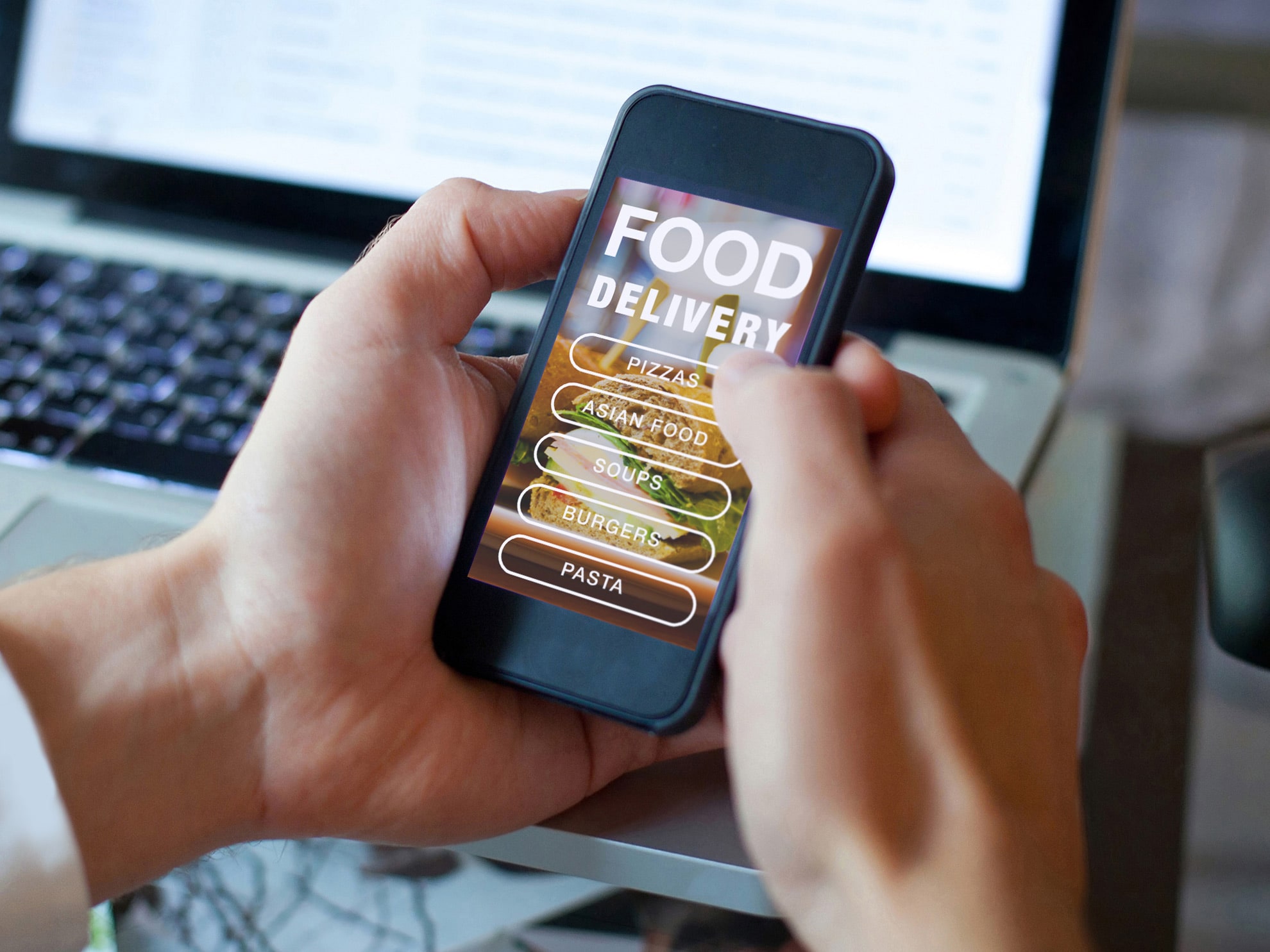The health emergency has seen consumers make the shift – both quickly and en masse – towards the purchasing of food online. In fact, there are many people who, until just a few months ago, would never have thought of ordering food through digital channels and who now, following the lockdown experience, have come to appreciate the advantages of this possibility, in terms of comfort, convenience and of course safety, as social distancing continues to play a crucial role. Taking into account data for the last few months, a survey carried out by the B2C eCommerce Observatory, promoted by the Polytechnic University of Milan’s School of Management and Netcomm – the Italian Electronic Commerce Consortium – predicts that in 2020 online purchases by Italians in the Food & Grocery sector will exceed the threshold of 2.5 billion – an increase of almost one billion compared to 2019. This new attitude, it must be said, does not only concern large retailers: restaurants have also taken a keen interest in this novel digital way of buying food and are increasingly seizing the opportunities represented by take-away and home-delivery apps.
The digitization of restaurants
The digitalization of Italian restaurants however did not begin during the health crisis. For many years now, a significant number of establishments have been able to count on advanced management systems, which allow both store and staff to be managed in the best possible way, whilst also enabling orders to be taken at the table via handheld devices, thereby optimizing the work of the waiters. Undoubtedly, the measures introduced to contain Covid-19 have accelerated this process. Think, for example, of the scrapping of paper menus, with customers being able to find out what the restaurant has to offer by consulting the menu from their smartphone, often through the use of QR codes: this practice could in fact be seen as a first step towards proximity self-ordering solutions, i.e. apps for restaurants that allow customers to order their dishes and drinks in person – without the help of waiters – in order to reduce waiting times and costs for the restaurant. Being able to consult the menu without having to physically touch the paper that has been in the hands of so many, being able to order directly from smartphones and pay the restaurant bill directly from the app without having to queue at the cash desk: all these possibilities, in addition to making the management of the entire process smarter, more convenient and more economical, allow you to effectively follow the guidelines of the Italian National Institute of Health.
But that’s not all: in relation to catering, the health emergency has also thrust take-away and home-delivery services into the limelight, which initially constituted the only way for many food businesses to remain operational. It is therefore not surprising that many restaurants have decided to replace the now obsolete “telephone” management of take-away and home-delivery orders and switch to apps that have been specifically designed for said purposes, so as to make the delivery service even more efficient.
Apps for home delivery and take-away services
Apps for restaurants offering take-away and home-delivery services were developed in recent years in response to an emerging consumer trend, which has seen substantial growth particularly in larger cities. This interesting phenomenon stole the spotlight in 2020, and will most likely continue to play an important role once the crisis is well and truly behind us: consumers have now become accustomed to being able to rely on apps that allow for the quick and easy ordering of take-away and home-delivered food. It is therefore not to be considered a passing fad, but rather a crucial tool for the re-launching of the restaurant business in the long term.
